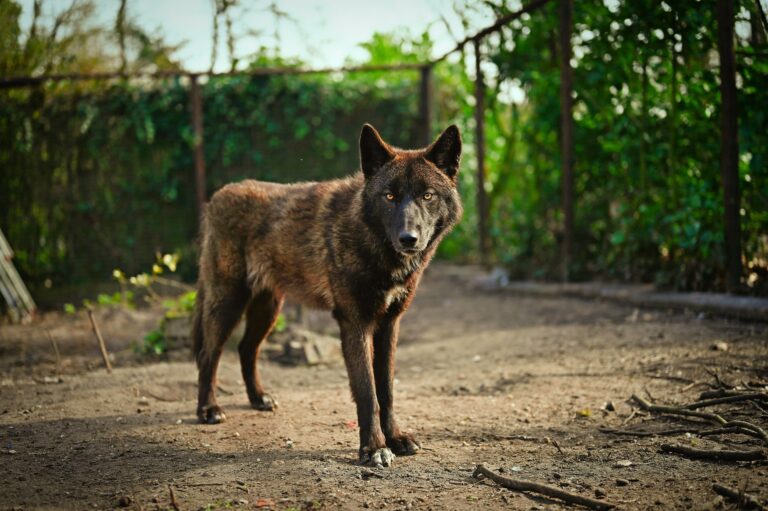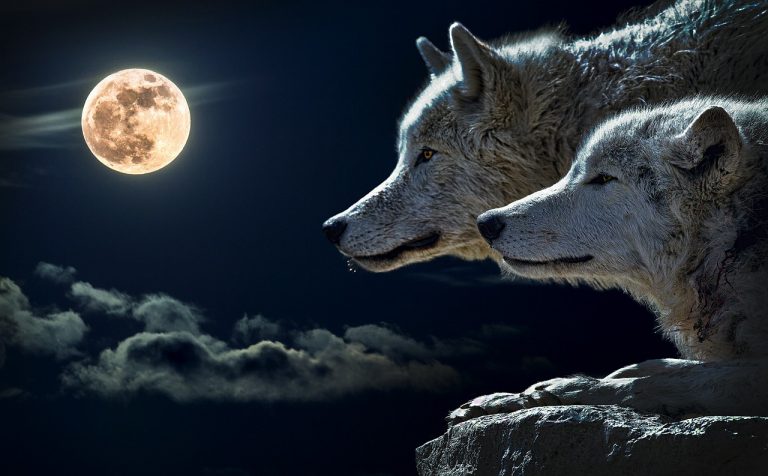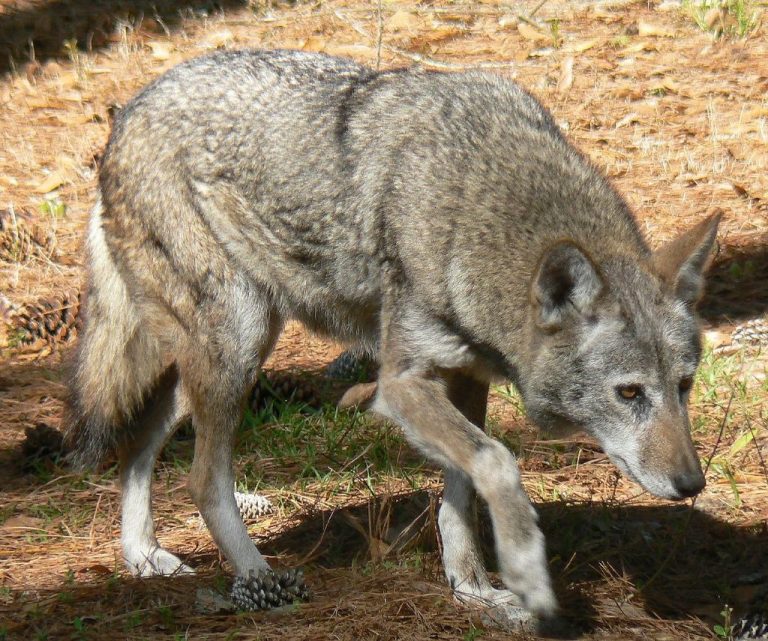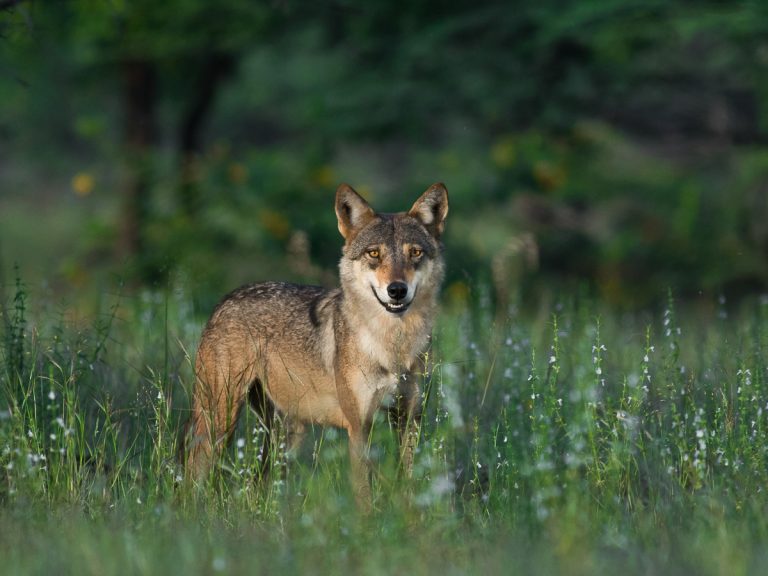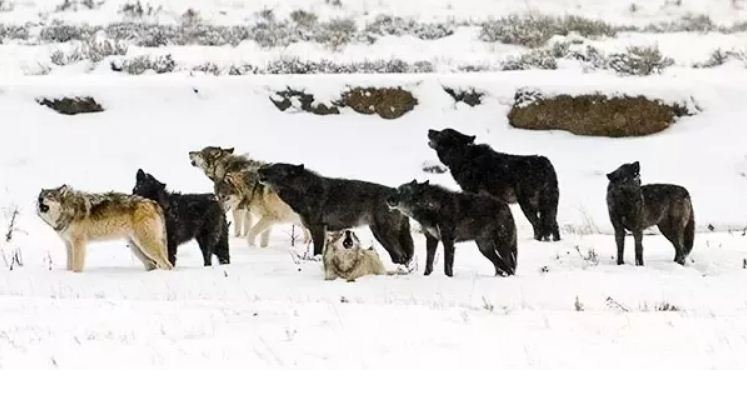Wolf Tourism: Best Places To See Wolves In The Wild Worldwide
Though wolves have been relentlessly executed all over the world for centuries now, the tide may be turning. Here are some places where you can see wolves in the wild worldwide.
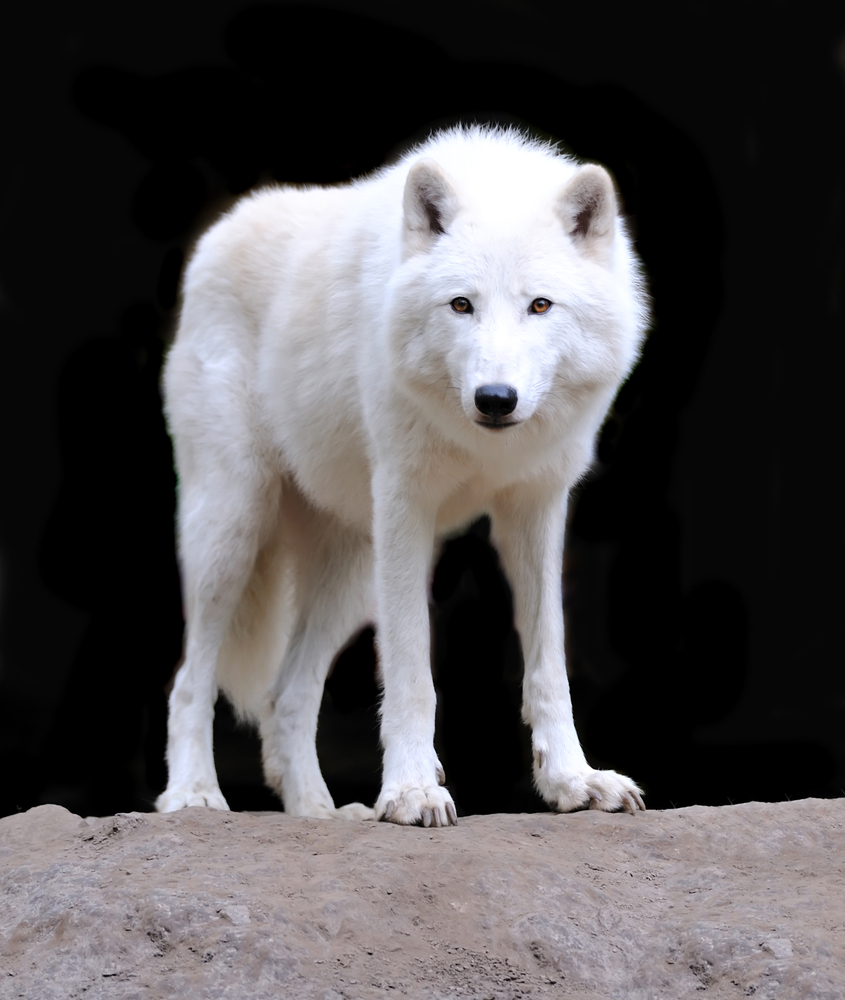
Wolves were hunted to near extinction in many parts of the world. Or, they were pushed out of their natural habitats into the most remote places imaginable by human activities.
Today, though you can find scattered populations in the world in many countries on earth, the largest concentrations of wolves still remain the northern regions of Alaska, Canada and Russia.
However, getting to see wolves in the wild can be difficult as they have become wary of people over the last centuries. Hence, it’s always better to hire a local guide or join an organized wolf tour.
Below is a compilation of the major areas you can see wolves in the wild worldwide. Note that most, if not all, of these areas have guarded tours and strict regulations regarding visiting these wolves. Therefore, check any restrictions or conditions online before you get there.
Best Places To See Wolves In The Wild Worldwide
North America
Wolves were common throughout most of North America but presently, they live mainly in Canada and the adjoining states of the USA.
Canada
The wolf population in Canada is in the region of 60,000 wolves, that’s second only to the numbers in the former Soviet Union. It has probably the most stable wolf population worldwide for now. Also, the wolves in question range in color from black, to mixed-brown, and creamy white.
-
Algonquin Park, Ontario
The Algonquin Park, Ontario, is a popular destination for sighting/hearing our canine friends. The Wolf Howl expeditions are organized excursions into wolf territory deep inside the park.
They take place on Thursdays in the month of August, or before Labour Day in September when the weather permits. It’s a well-organized and structured program that starts with a brief talk about wolves. Afterwards, participants get to drive in their cars near where the wolves live.
The wolves there are permanently protected, both in the Algonquin Parks, and all the surrounding townships.
-
Nunavik, Northern Quebec
You can get to see Tundra wolves deep in the remote northern Inuit settlement of Kuujjuaq Nunavik in northern Quebec.
This particular wolf (Canis lupus albus), is also known as the Turukhan wolf and it’s a subspecies of grey wolf native to Eurasia’s forest tundra zones.
-
Manitoba
Manitoba is home to two species of wolf: the gray wolf and the red wolf. You can find the larger concentration of gray wolves at the Riding Mountain Park. The red wolves mainly live around Duck Mountain, a Manitoba provincial park.
USA
Wolf tourism is gradually gaining traction here as wolves are slowly being reintroduced in areas where they were persecuted before. This is largely due to increased information about wolves, their importance in keeping a balanced ecosystem, and better ways to live in relative harmony with them.
-
Yellowstone National Park, Wyoming
The Northeastern corner of Yellowstone National Park is one of the best places you can start your search for wild wolves. In fact, there are about 520 wolves living in the Greater Yellowstone Ecosystem, and at least ten wolf packs thriving right inside the pack.
The Druid Peak Pack is a popular wolf pack here. They are protected so these wolves are less shy about showing themselves.
The best time to visit is at dawn and again at dusk as they are most active at these.
-
Katmai National Park, Alaska
This is another destination for prime views of wolves in the wild. The wolves here live among the large grizzly bear population and even feed off of their leftover kills. The wolves are often sighted at Brooks Falls fishing for salmon in the river.
The best time to visit is during spring and summer.
-
Denali National Park And Preserve, Alaska
You can catch wolves roaming near the road in Denali since three pack of wolves live around there. The Denali Park is estimated to have one of the highest numbers of wild wolves in Alaska: about 7,000 to 11,000 individual wolves.
Though, hunting is allowed in the surrounding areas and this may affect the wolf population negatively as time goes by.
-
Alligator River National Wildlife Refuge, North Carolina
This refuge focused on recovering a rare species of red wolf that unfortunately went extinct in the wild by 1980. Initially, the wolves were raised in captivity before being gradually reintroduced back into the wilderness.
The estimated red wolf population here is in the region of 100 individuals.
-
Gila and Apache National Forests, Arizona and New Mexico
The rare and extremely endangered Mexican wolf is the inhabitant of the Gile and Apache National Forests.
The population of wolves here is relatively small though, just about 40 individuals so it may be a challenge to see any of them at all. For now, the wolves are protected in an area called the Blue Range Wolf Recovery Area. This wild landscape measures about 4.4 million acres of land filled with prey and well away from heavily populated areas.
Europe
Negative and widespread superstition about wolves have dogged their welfare for centuries all over Europe. They were the archenemies of shepherds and livestock farmers. As a result, it was not uncommon to have governments place a ‘bounty’ on the heads of wolves and at some point it was a good source of income in many European localities.
Today, they are making a strong and rapid comeback and you may spot wolves where they hadn’t been seen for decades now. A few major concentrations can be seen in the following European countries.
Spain
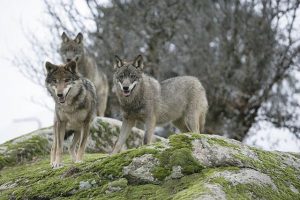
The Iberian wolf is a distinct subspecies of grey wolf, and one of the major attractions for wolf tourism these days.
Its current population is estimated at a little over 2,000 individuals, and over 250 breeding grounds. If you really want to see wolves in the wild in Europe, Spain should be on your list.
-
Sierra de la Culebra
This mountain range in northwest Spain / northeast Portugal is home to the highest concentration of wild wolves in Spain. Also, there are organized tours that can improve your chance of actually sighting these wolves as they are very wary of humans.
In addition, there is provision for accommodation for staying tourists.
Chances of a sighting increase at dawn and at dusk and in between you’ll see many of the wolves’ prey like wild boar, and deer.
-
Guadarrama Mountains
The thick pine forests of Spain’s Guadarrama Mountains are now breeding grounds for more wolf packs. Some of these grounds are within 40 to 100 miles from Madrid and tourists are flocking to sight these creatures.
Italy
-
National Park, Abruzzo
The park is just about 2 hours from Rome and is home to wolves (and bears too). The largest population of wolves in the wild are found here and the wolves are protected by law.
Ukraine
The wolves in the wild in Ukraine number about 2,000. Though they are unprotected. You can find them mainly in the Zone of Alienation north of Chernobyl where they are free to roam.
Germany
Estimates state that there are around 17 wolf packs numbering 160 individuals in the state of Brandenburg alone. Other sightings are in the states of Hessen and Rheinland-Pfalz.
Russia
Although wolves in Russia are not legally protected and they are the target of continuous executions, they still number something in the range of 25,000 to 30,000 in the wild. The most common places to see wolves in the wild here are in Koryak Okrug and Kalmykia.
Turkey
Turkey should have a population of about 7,000 wolves, though the numbers appear to be declining.
-
Kars
Kars is located in northeastern Turkey and it’s a know destination for sighting wolves and other large, carnivorous mammals like brown bears, wild cats, lynx, and maybe a few leopards.
Africa
Native wolves on the African continent also face persecution from livestock farmers and they are targeted in some parts for use in alternative medicine.
You can find fragmented populations of wolves in Egypt (gray wolf), and Ethiopia (Ethiopian wolf). In addition, you can sight the African golden wolf in parts of northwestern and northeastern Africa like Senegal, Libya, Morocco, etc.
Asia
Same as every other continent human-wolf clashes have severely affected wolf numbers. They are also affected by loss of habitat, poaching, and fights with large cats. You can see wolves in the wild on the Asian continent in:
Iran
Iran has a population of at least 3,000 wolves. The wolf population there is stable as they are protected and there is a fine of up to $3,000 fine for killing wolves. They are common in most regions of northern Iran.
China
Athough the wolf population in China is decreasing you can see them in the wild in Xinjiang (about 10,000 of them), Hwilonjiang (650), and Tibet (about 2,000).
You can also find scattered populations of wolves in countries like India, Finland, Greenland (Arctic wolves), Mongolia, France, Israel, Bulgaria, Greece, and so on.

